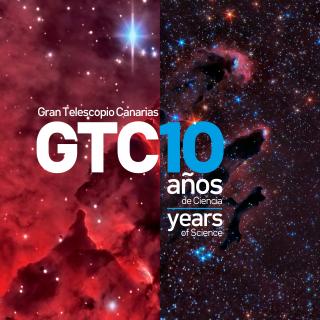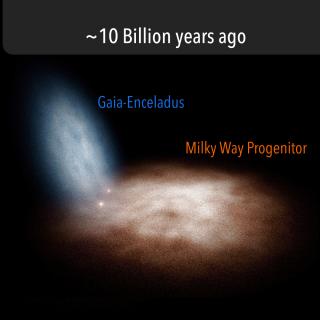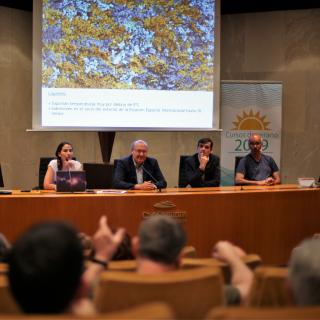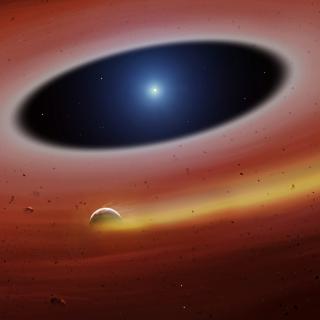
The Gran Telescopio Canarias (GTC) is celebrating the tenth anniversary of its inauguration in the Roque de Los Muchachos Observatory. During the past decade the largest optical and infrared telescope in the world has carried out over 14,000 hours of observation and has produced scientific data in some 450 articles in the leading journals. Some of the key scientific highlights have been included in a special outreach leaflet recently published by the Instituto de Astrofísica de Canarias and the GTC.
Advertised on



![A giant interstellar bubble being grown in the Andromeda galaxy Hα+[N II] imaging of the super-remnant in M31N 2008-12a taken with the Liverpool Telescope (left), and the Hubble Space Telescope and WFC3 (right).](/sites/default/files/styles/crop_square_2_2_to_320px/public/images/news/Galeria_IAC_figura_Pablo_Rdrguez.jpg?h=1acb51c4&itok=KgzBULrt)
